Additional notes (click to expand)
Medicinal
'Provoke urine, stir up lust and desire of copulation, comfort the heart and are good for old people, help pleuresies and pricking in the sides'.
Culpeper, Nicholas. (1650). A Physical Directory . London, Peter Cole. p.24
From the seed packet of our supplier: "Noted in "Fromond" Plant List (circa 1440). Chervil. "...is held to be one of the pot-herbes, it is pleasant to the stomach and taste... It is used very much among the Dutch people in a kind of hotch-pot which they do eat, called Warmus. The leaves of sweet Chervil are exceedingly good, wholesome, and pleasant, among other salad herbs, giving the taste of Anise seed unto the rest."
Other use
Cultivated since time of Pliny, leaves aniseed flavour for seasoning and salads, in' fines-herbes '(with parsley & chives) for omelettes etc.
Mabberley, D.J. (1997) The Plant Book, ed.2, Cambridge University Press p.44
Geographical distribution
- Asia-Temperate, Caucasus, Transcaucasus
- Asia-Temperate, Middle Asia, Kyrgyzstan
- Asia-Temperate, Middle Asia, Uzbekistan
- Asia-Temperate, Western Asia, Cyprus
- Asia-Temperate, Western Asia, Iran
- Asia-Temperate, Western Asia, Iraq
- Asia-Temperate, Western Asia, Turkey
- Europe, Eastern Europe
- Europe, Middle Europe
- Europe, Southeastern Europe
- Europe, Southwestern Europe, France
Anthriscus cerefolium (L.) Hoffm.
Family: APIACEAEGenus: Anthriscus
Species: cerefolium (L.) Hoffm.
Common names: Chervil
Pharmacopoeia Londinensis name: Cerefolium
Distribution summary: Europe, W.Asia
Habit: Annual
Hardiness: H3 - Half hardy; unheated greenhouse/mild winter
Habitat: Grasslands and Roadsides
Garden status: Currently grown
Garden location: Pharmacopoeia Londinensis 1618 'Leaves' (HSE 5), Europe & Middle East (J)
Flowering months: May, June
Reason for growing: Medicinal, other use
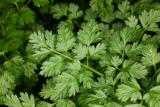

.JPG)
.JPG)
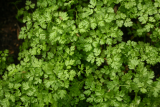
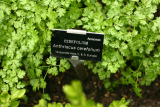
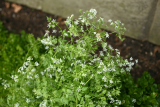

.JPG)

.JPG)
.JPG)
.JPG)
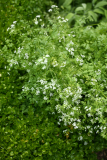
.JPG)